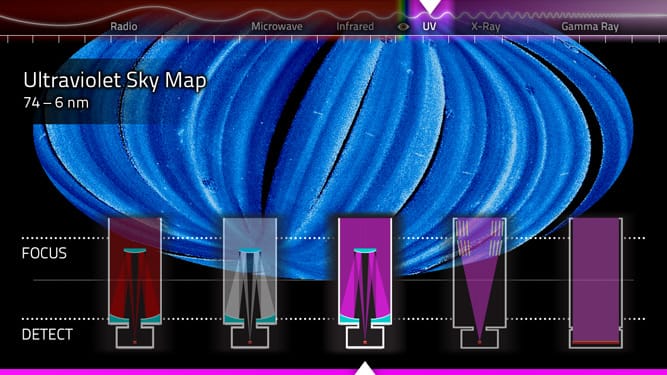The underwater volcano located off the coast of Oregon, known as the Axial Seamount, has recently garnered attention from the scientific community due to predictions of a potential eruption within this year. This prediction stems from ongoing geological assessments and an uptick in seismic activity that has been recorded in the area. Axial Seamount is part of the Juan de Fuca Ridge, a tectonic plate boundary that is known for its volcanic activity and hydrothermal vents.
Scientists have been monitoring Axial Seamount since its last significant eruption in 2011, which was marked by a series of explosive events and the creation of new volcanic features on the seafloor. The volcano is situated approximately 300 miles off the Oregon coast and lies beneath the surface of the Pacific Ocean. It is one of the most studied underwater volcanoes in the world, providing valuable insights into volcanic processes and the dynamics of oceanic plate tectonics.
Recent data collected from a network of seismometers and underwater sensors has indicated a rise in earthquake activity in the vicinity of the volcano. These seismic events are often precursors to volcanic eruptions, as they can signify the movement of magma beneath the Earth’s crust. The current level of seismicity at Axial Seamount is higher than what has been observed in recent years, leading scientists to conclude that an eruption could occur within the next few months.
In addition to seismic monitoring, researchers are employing advanced modeling techniques to better understand the magma dynamics at play within the volcano. By analyzing the composition of gases emitted from the seafloor and studying changes in the seafloor topography, scientists are attempting to predict the nature and scale of any potential eruption. These efforts are crucial for assessing the risks associated with volcanic activity and for developing effective monitoring strategies.
The implications of an eruption at Axial Seamount extend beyond the immediate vicinity of the volcano. Such an event could impact marine ecosystems, as volcanic eruptions often release ash and gases into the water column, affecting the health of marine life. Additionally, the eruption could generate tsunamis, which pose a risk to coastal communities along the Oregon coast. As a result, scientists are working closely with local authorities and emergency management agencies to prepare for any potential scenarios.
Public awareness of volcanic activity has increased in recent years, particularly as more people engage with scientific data and monitoring efforts. The potential eruption of Axial Seamount serves as a reminder of the dynamic nature of our planet and the importance of understanding geological processes. Scientists emphasize that while an eruption is anticipated, the exact timing and magnitude remain uncertain, and continuous monitoring will be essential in the coming months.
In preparation for the possibility of an eruption, researchers are planning to deploy additional monitoring equipment in the area. This includes underwater robots equipped with sensors to collect real-time data on temperature, pressure, and gas emissions. These efforts will enhance the understanding of the volcano’s behavior and provide critical information to inform public safety measures.
The scientific community remains vigilant as they study Axial Seamount and its potential for eruption. Collaboration among geologists, oceanographers, and volcanologists is crucial in piecing together the complex puzzle of volcanic activity. By sharing data and expertise, researchers aim to improve predictive models and contribute to a greater understanding of underwater volcanoes and their impact on the environment.
In conclusion, the prediction of an eruption at the underwater volcano off the coast of Oregon highlights the importance of ongoing scientific research and monitoring. As scientists continue to gather data and analyze volcanic activity, they remain committed to ensuring public safety and advancing knowledge in the field of volcanology. The coming months will be critical as researchers observe the volcano closely, providing updates and insights into its behavior.


